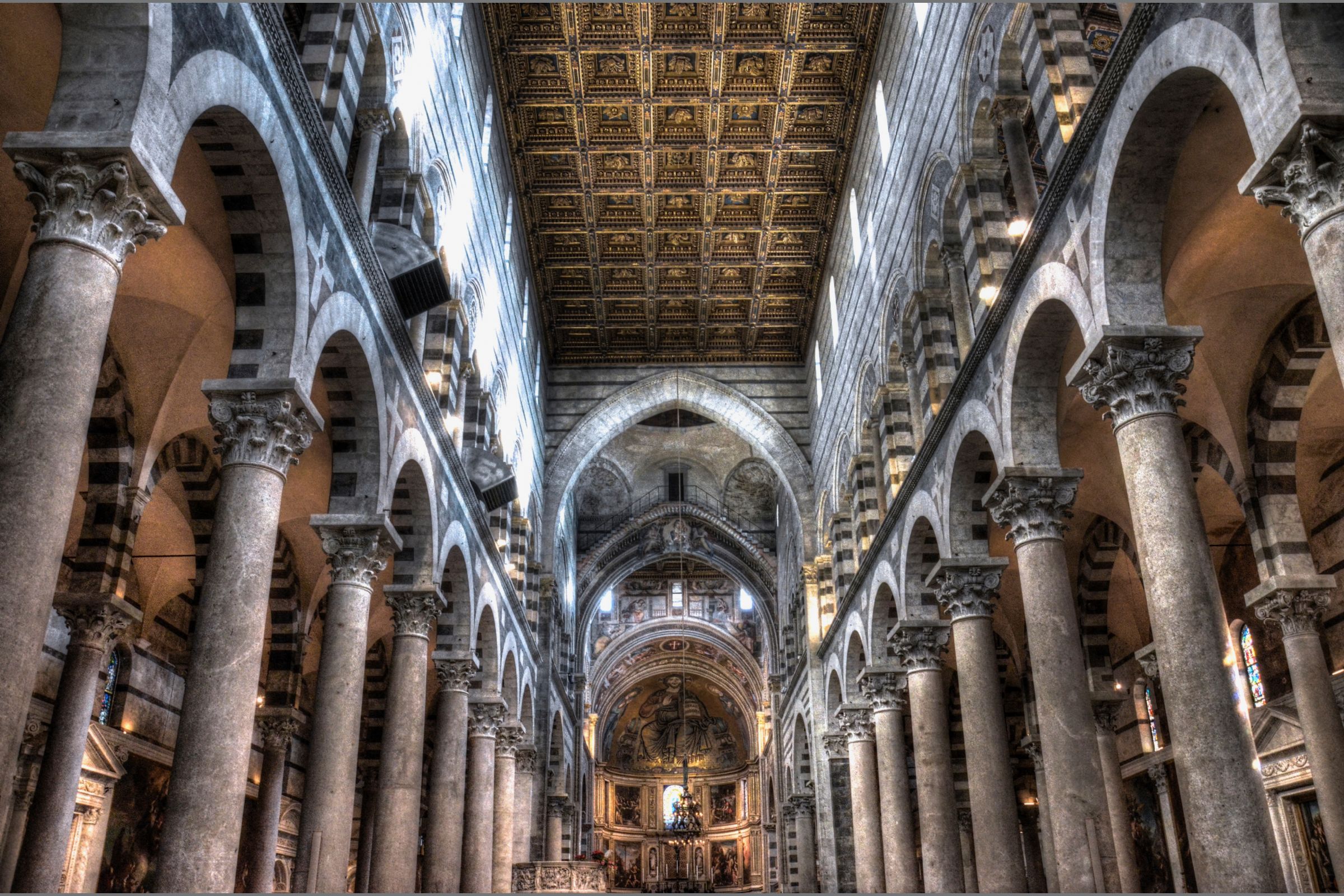The History of Pisa
Note to the splendor of its monuments, and especially for the "Leaning Tower" that makes it famous worldwide, Pisa spread along the Arno river, which crosses the city, and lies on a plain d ' alluvial origin who was of remediation from the tenth century.
Trivia
The Cross Pisana
The emblem of Pisa, in the first years of the thirteenth century contained the image of black un'aquila with flight down in the field of gold.
This image, a symbol of imperial power and was replaced when the town of Pisa became Guelph and shooting the white cross of ancient tradition.The Charter Pisana
It represents the most ancient chart to come today, attributed the middle of the thirteenth century, although anonymous and undated.
The paper was named precisely because it was found in Pisa.
It depicts with great accuracy, the Mediterranean Sea. There are a lot of place names perpendicular to the coast, some in black and red (probably the most relevant for the time).
Of ancient origins, and still uncertain, some historians consider Pisa Origin Greek, Etruscan and other Ligurian others.
Had its period of greatest flowering economic, political and artistic in the Middle Ages, between the eleventh and twelfth centuries, a period which also date the splendid buildings of Piazza dei Miracoli that made famous Pisa worldwide.
It was a powerful maritime republic, with important commercial links: becoming a major Mediterranean naval power by extending its authority over all the coast of Tuscany, Sardinia and Corsica.
Established bases on commercial ports Middle East thanks to success in the First Crusade, ensuring, thus, the importation of more valuable materials.
Since the end of the thirteenth century began the decline of cities, the Battle of Meloria (1284) marked the definitive end of Pisa as a seafaring power in Italy during the Middle Ages.
In 1406 it was conquered by Pisa and Florence under the Medici had a period of recovery.
Napoleon in 1810 founded the Scuola Normale Superiore, which is still important to note a school in Italy and abroad.
Thanks to the development of UP, Trade and Industry, in the twentieth century Pisa has returned to flourish obtained a great reputation among tourists from around the world.
Today the city offers many points for visiting museums, churches, palaces, monuments, parks, appointments with the culture and more.
Pisani illustrious: popes, mathematicians, physicists, writers
Pisa was and is still an important nerve center that has seen grow and give birth to the genius of many genes.
Here are some:
- Leonardo Fibonacci was born in Pisa around 1170. Mathematician, contributed greatly to the rebirth of the exact sciences, introduced the 9 digits and presented criteria for divisibility rules Calculation of radicals and cubic quadratici and more.
 Galileo Galilei, one of the most important scientists and famous in the world. Born in Pisa in 1564, has made a vital contribution to science: his is the concept of inertia, the discovery of the rotation of the Sun, of sunspots, the satellites of Jupiter. For his discoveries was declared heretical by the Church and was forced to abiurare its astronomical concepts.
Galileo Galilei, one of the most important scientists and famous in the world. Born in Pisa in 1564, has made a vital contribution to science: his is the concept of inertia, the discovery of the rotation of the Sun, of sunspots, the satellites of Jupiter. For his discoveries was declared heretical by the Church and was forced to abiurare its astronomical concepts. - Antonio Tabucchi was born in Pisa in 1943 is a writer known all over the world. His books are translated in 16 languages. Passionate connoisseur of Portugal, teaches Portuguese language and literature at the University of Siena. Ama Pessoa, which has translated several books in Italian.
- Michele Bartoli was born in Pisa in 1970. E 'one of the most famous Italian cyclists, retired from racing in 2004, also because of serious injuries. Winner of the World Cup in 1997 and the Italian Championship in 2000.
